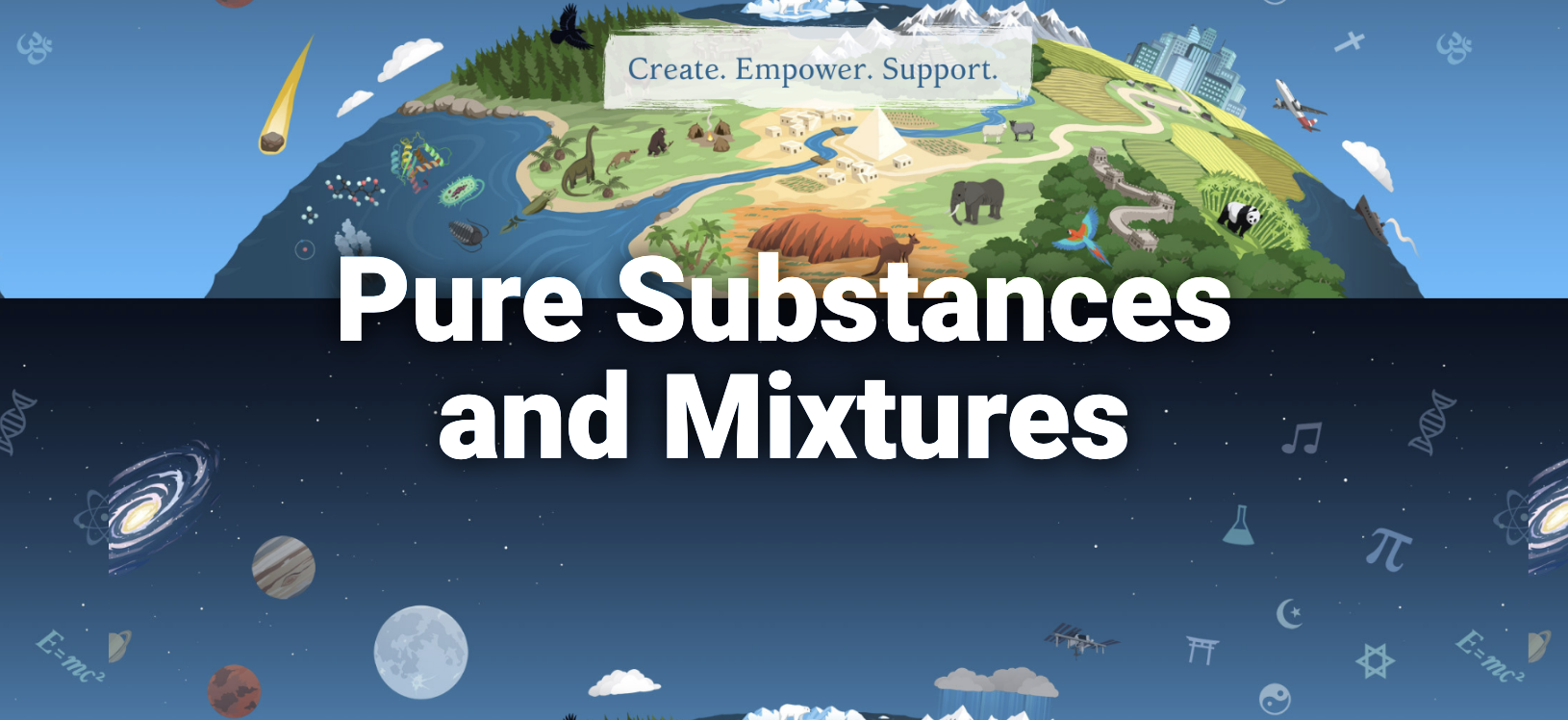
Curriculum Expectation
Overall Expectation
Evaluate the social and environmental impacts of the use and disposal of pure substances and mixtures.
Specific Expectation
Assess the impact on society and the environment of different industrial methods of separating mixtures and solutions.
Resources
Learning Objectives/Big Idea
Learning Objectives
Understand the properties of pure substances and mixtures and their environmental impact.
Big Idea
How do different substances affect the environment and what are the roles we play in this?
Binogi Related Resources
- IMMISCIBLE LIQUIDS AND EMULSIONS
- SOAP
- LIKE DISSOLVES LIKE
- BOOKS BY BINOGI – CURRICULUM & TEXTBOOK ALIGNMENT
- BINOGI WEBSITE
Additional Resources
National Geographic – Oil Spill Simulation (this lesson uses a simplified and modified version of National Geography’s oil spill simulation): https://www.nationalgeographic.org/activity/simulate-oil-spill-cleanup/
Materials:
- Oil Spill Experiment Observation & Question Sheet
- paper cup
- wide container / bucket
- paper towels
- dishwashing soap
- cardboards
- red food colouring
- cotton balls
- spoon
- popsicle stick
- vegetable oil
- dense sponges
- water
Vocabulary
Soap
The following Bilingual and Add Your Language Glossary Sheets include terms from Binogi’s Soap Videos.
- English-Mandarin
- English-Urdu
- English-Persian
- English-Arabic
- English-Turkish
- English-French
- English-Add your own language
- French-Add your own language
Immiscible Liquids and Emulsions
The following Bilingual and Add Your Language Glossary Sheets include terms from Binogi’s Immiscible Liquids and Emulsions Videos.
- English-Mandarin
- English-Urdu
- English-Persian
- English-Arabic
- English-Turkish
- English-French
- English-Add your own language
- French-Add your own language
Activity: Minds ON
Use Jamboard or Padlet and create a Venn diagram. Students compare and contrast pure substances, solutions, and mechanical mixtures.
Activity: Action
Students work in a group to do an oil spill simulation. Each group will follow the steps below and complete an observation sheet:
- In a paper cup, mix 4 spoons of vegetable oil with 1-4 drops of red food colouring (note that they will not mix). The vegetable oil represents crude oil and the food colouring represents chemicals trapped inside the oil.
- Fill the container with water, then pour the oil and food colouring mixture – this represents oil spill. Float a popsicle stick, which represents a ship, in the middle of the oil spill. Answer Question 1 in the observation sheet.
- Use cotton balls, cardboard, and paper towels (smaller than 1 inch), and foam/sponge and try to remove the oil before it reaches the sides of their container.
- Record the findings in the observation sheet (under “BEFORE the Use of Dispersant”).
- Add a few drops of dishwashing soap: dispersant. Answer Question 2 in the observation sheet.
- Repeat Step 3, then record the findings in the observation sheet (under “AFTER the Use of Dispersant”).
Language Friendly Pedagogy
Ask students whether they can add new vocabulary to their Concept Detective document. You may print this or make a copy for each student on programs like Google Classroom. Students will be encouraged to use this document each class to identify new words, consider writing meaning or finding meanings with the help of peers, teachers and/ or parents.
Examples of concepts to add for this unit include:
- particle theory
- soluble and insoluble
- dispersants
- sea pollution
- processes to separate mixed substances/solutions